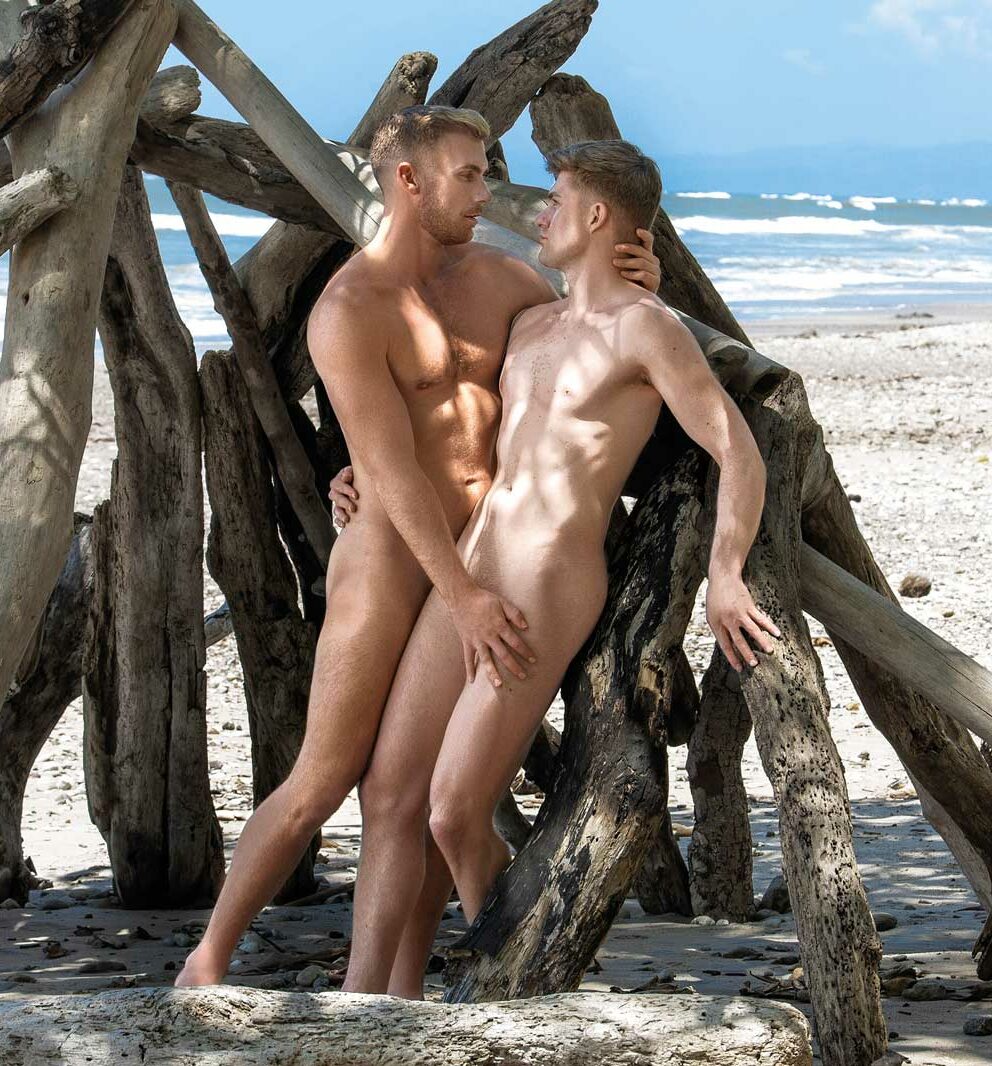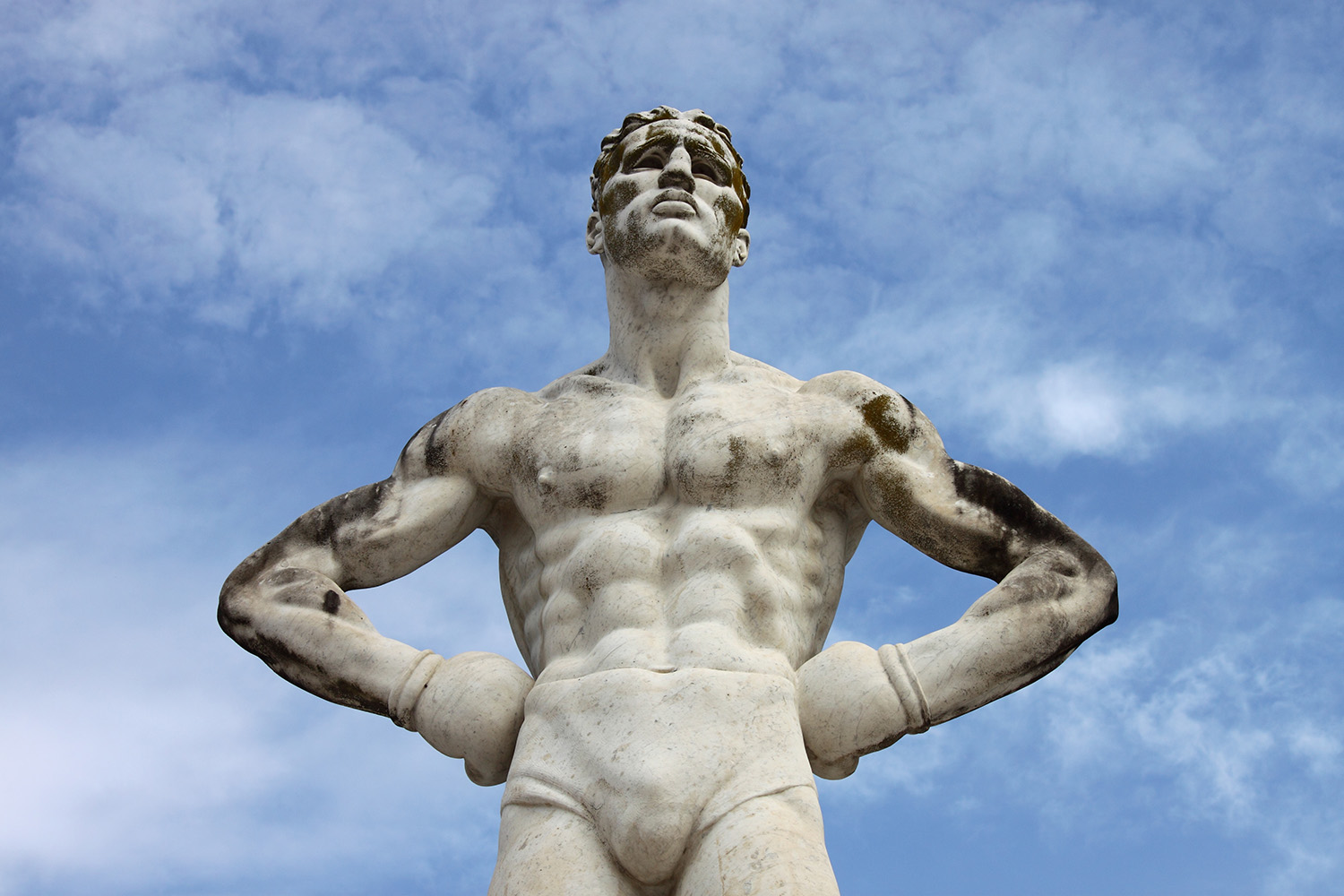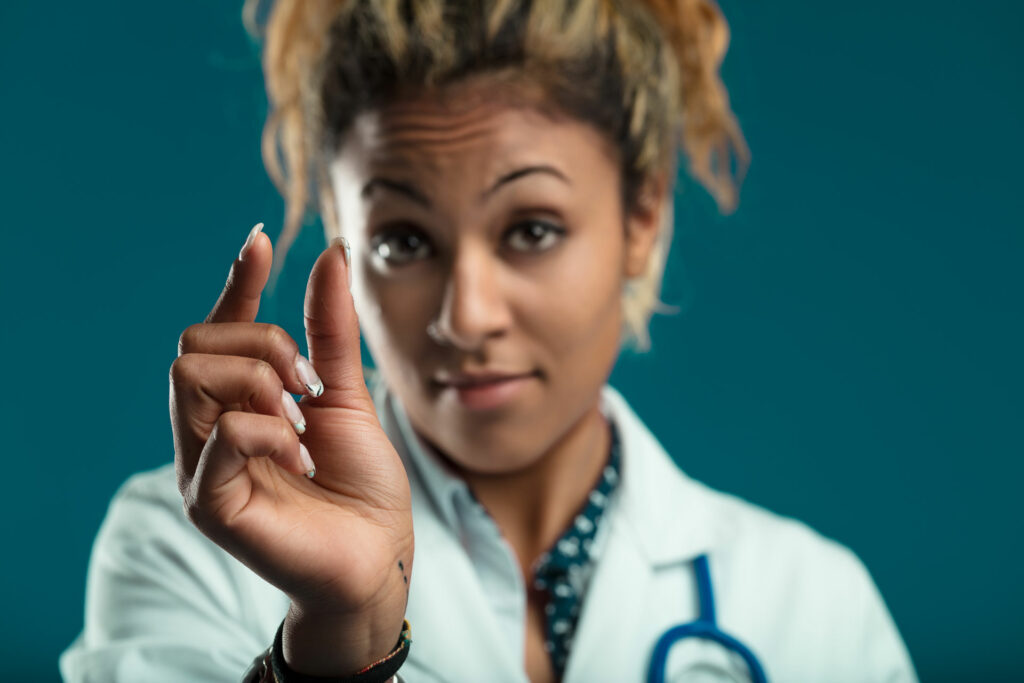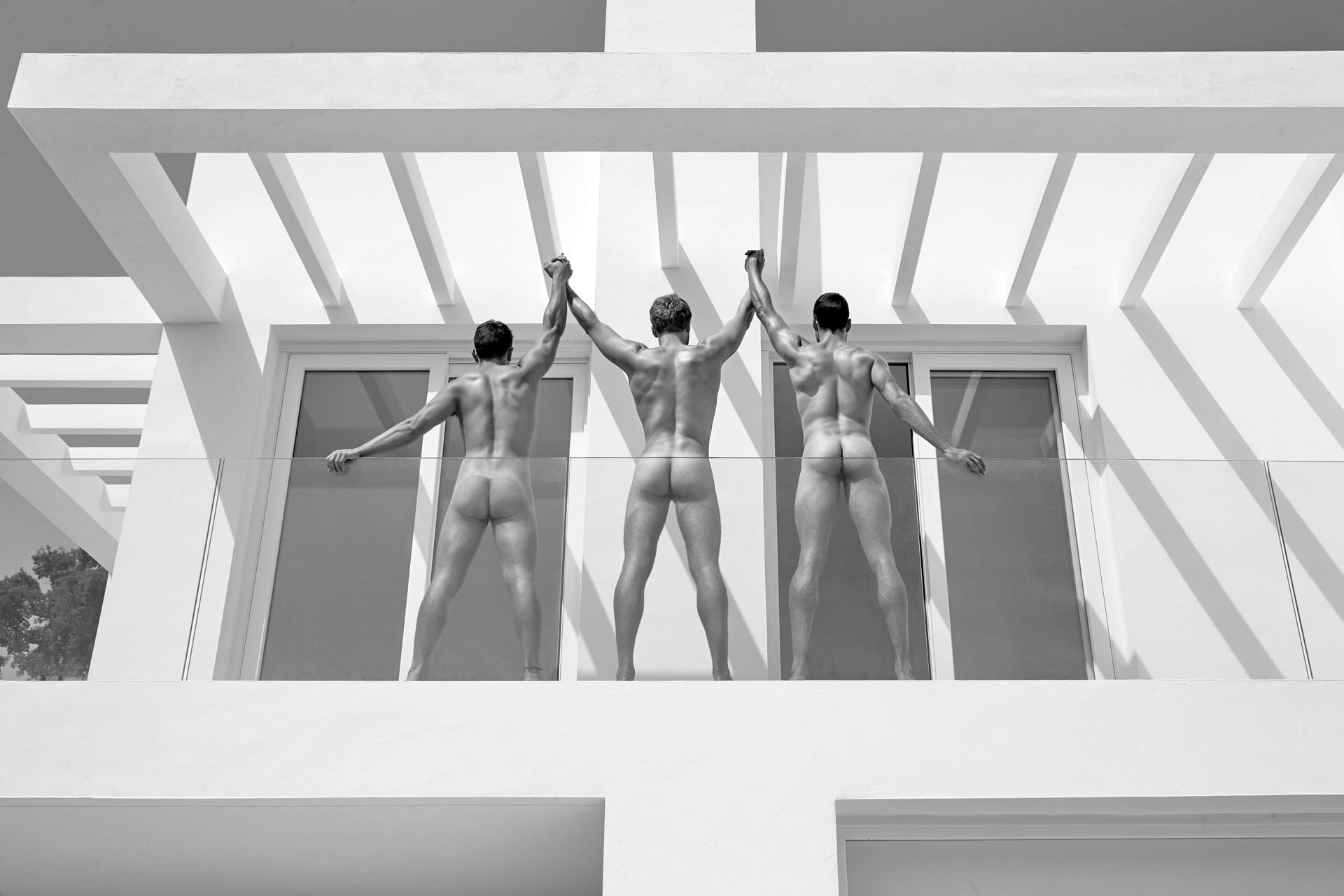Check out ‘The Changing Room’ – order our first poetry book
Worldwide Roar is now BAREFOOT MAN! Learn more

Stay up to date with our latest news, competitions and offers. We look forward to staying in touch.

20.01.24
When we post images on social media, we often get comments about the bodies of the men we feature. Some supporters prefer the tall, lean, muscular bodies of the young rowers from our earlier calendars. Others applaud the wider range of body types that we now feature, particularly the chunkier, older guys who have joined us from the world of rugby, for example.
Whatever body type people like, they can be quite clear that this is what we should be delivering, and we think this reflects the high value placed on specific physical attributes like fitness, muscularity and even age within gay culture.
There is a high expectation for our project and for the individuals within it to conform to these ideals. It can lead to unrealistic body image expectations and can make those who don’t fit these strict standards feel marginalised. Both can lead to feelings of disappointment or inadequacy, and even those who succeed in conforming to particular standards may feel pressurised by this.
So how did we get here? In the late 20th century, as the visibility of gay communities increased, there was a shift toward embodying certain ideals influenced by mainstream, heteronormative standards. This included an emphasis on physical fitness and attractiveness as a means to counter negative stereotypes and gain broader societal acceptance.
Looking Through the Media
The media have significantly influenced these standards – including social media. Instagram, where we have the largest following, encourages all of us to show ourselves in the best possible light, which may include the use of actual lights, along with filters, props and a narrative that celebrates a particular aesthetic. Advertisements and gay-oriented media also often focus on men who are fit, muscular and a particular version of handsome, reinforcing the idea that these attributes are universally desirable within the gay community.

What Is It Doing to Our Mental Health?
The pressure to meet these rigid body standards can severely impact mental health. Studies indicate that gay men are more prone to body dissatisfaction, eating disorders, and related mental health issues compared to heterosexual men, often heightened by fears of rejection within their own community.
Celebrating Inclusion
The discussion around rigid body standards in gay culture is also tied to issues of diversity and inclusivity. We recognise this at Barefoot Man and have been making a greater effort in recent years to celebrate various body types, ethnicities, and ages. We started in one sport with men of a similar age, but we are keen to move away from a narrow representation of men who might then be seen as the only men people want to see naked. This not only sets unrealistic expectations but also intersect with and reinforce other forms of discrimination, like racism and ageism. Recognising and addressing this has been part of our own journey as a project and as a team towards healthier masculinity.
Steps Towards Change
We are just one of many initiatives who aim to counteract these standards by promoting body positivity. Support groups, and mental health discussions are becoming more common as part of a wider push for diverse and inclusive representations in media and broader acceptance of physical appearance variety. We will continue to celebrate greater diversity of body types in our project and particularly want to bring together people who have different relationships with their bodies; in our experience, even those with apparently perfect bodies are made to feel insecure by the standards that they feel they must live up to.
The Start of a Journey
The issue of rigid body standards in gay male culture is complex, necessitating ongoing dialogue and action. Although awareness of its detrimental effects is rising, creating a more inclusive and accepting community is an ongoing process that requires the collective efforts of individuals, media, and organizations within the gay community.
We hope to have conversations about this throughout our channels at Barefoot Man – our WhatsApp group, our social media, our new podcasts, our online learning, our retreats and more. Continued exploration and conversation about these standards are crucial in fostering a healthier and more inclusive environment for all of us.

Barefoot Man is proud to be working with the World Naked Bike Ride (WNBR) in London on creating content about...…

The Warwick Rowers began as a humble student calendar initiative, but over the years it has evolved into a much...…
You need to load content from reCAPTCHA to submit the form. Please note that doing so will share data with third-party providers.
More InformationYou need to load content from Turnstile to submit the form. Please note that doing so will share data with third-party providers.
More InformationYou need to load content from reCAPTCHA to submit the form. Please note that doing so will share data with third-party providers.
More Information